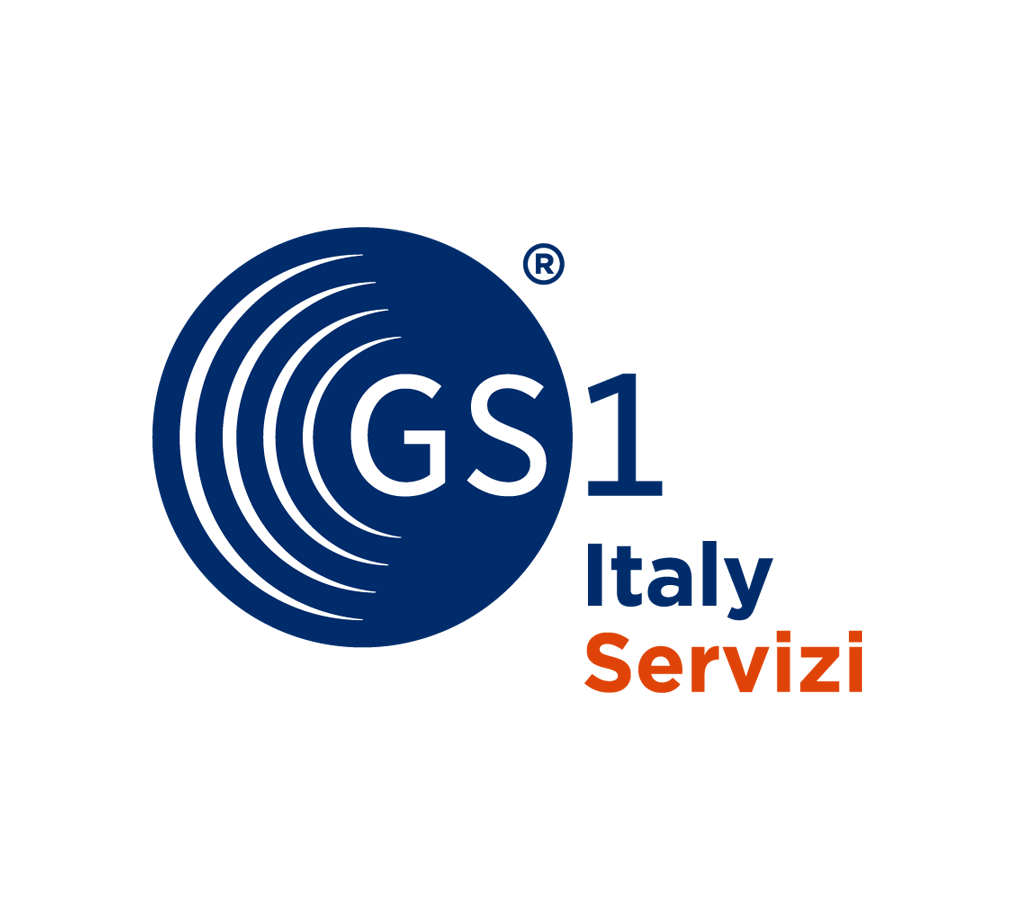According to the Identipack Survey, conducted by CONAI and GS1 Italy, approximately half of the products available on shelves in Italy contain information relating to the type of packaging and instructions for correct disposal as required by the laws in force.

The IdentiPack report
The fourth report from IdentiPack, the National Observatory on Environmental Labeling, reveals a steady increase in products on the national market that provide environmental information related to packaging. It is an encouraging fact, especially if we consider that the new regulations have been in force since January 2023. The growing attention to environmental information on packaging represents a significant step: it is not just a question of legislation, but also of recognizing the importance of environmental communication through the packaging.
Of over 136,000 consumer products analysed, 50% of those available on shelves and 74.4% of those actually sold contain indications on the type of packaging and correct disposal through separate waste collection, recording an increase of 3.2% respectively and 2.6% compared to the previous year.


Furthermore, 60,246 products have material identification coding in their shelf packaging, in accordance with Decision 129/97/EC. They correspond to 44.1% of the total references on the grocery shelf (+5.3% compared to the previous year) and to 68.5% of the total packages sold (+3.8% compared to the previous year).
Currently 10,399 references include voluntary environmental information, representing 7.6% of the total products available on supermarket shelves and almost 11% of the packages actually sold.
The product categories
Among the sectors analysed, the frozen products sector confirms its first place in the communication of mandatory environmental information: ice cream and frozen foods clearly display the identification coding of the material on the label, together with data on the type of packaging and correct disposal through separate waste collection.
The meat sector is also in an important position, ranking second in terms of the frequency of information relating to the coding of the material.
Fresh products occupy third place due to the presence of information on the identification coding of the material and that relating to the correct disposal of the packaging through waste separation.
Packaging: CPS Company at the forefront for the environment
The Bolognese company, which designs and manufactures industrial machines for wrapping and packaging tissue products, is also at the forefront on an environmental level.
In addition to investing in research and innovation for an ever greater reduction in consumption, CPS Company has recently launched the MOSAIC line focused on modularity and maximum efficiency.
